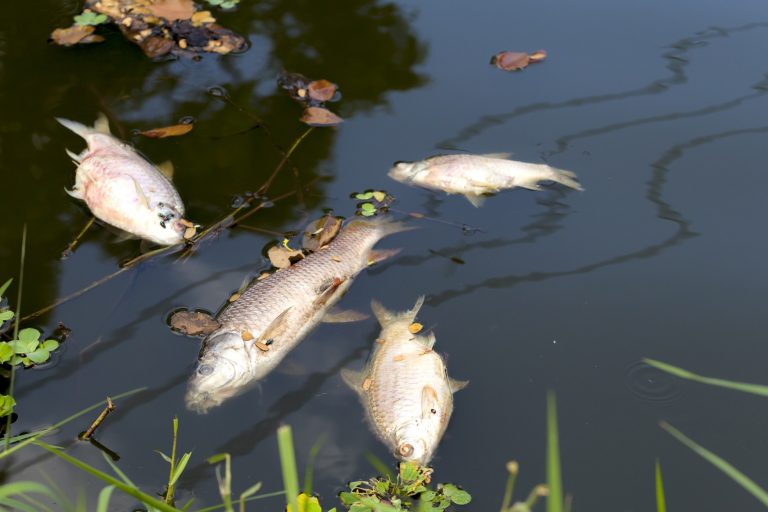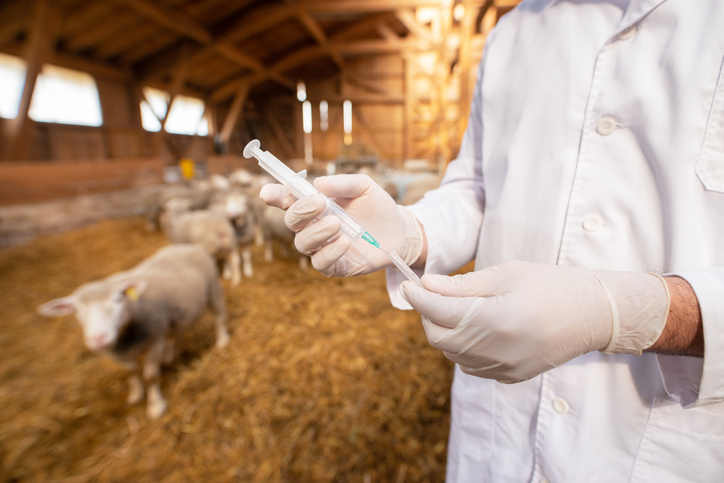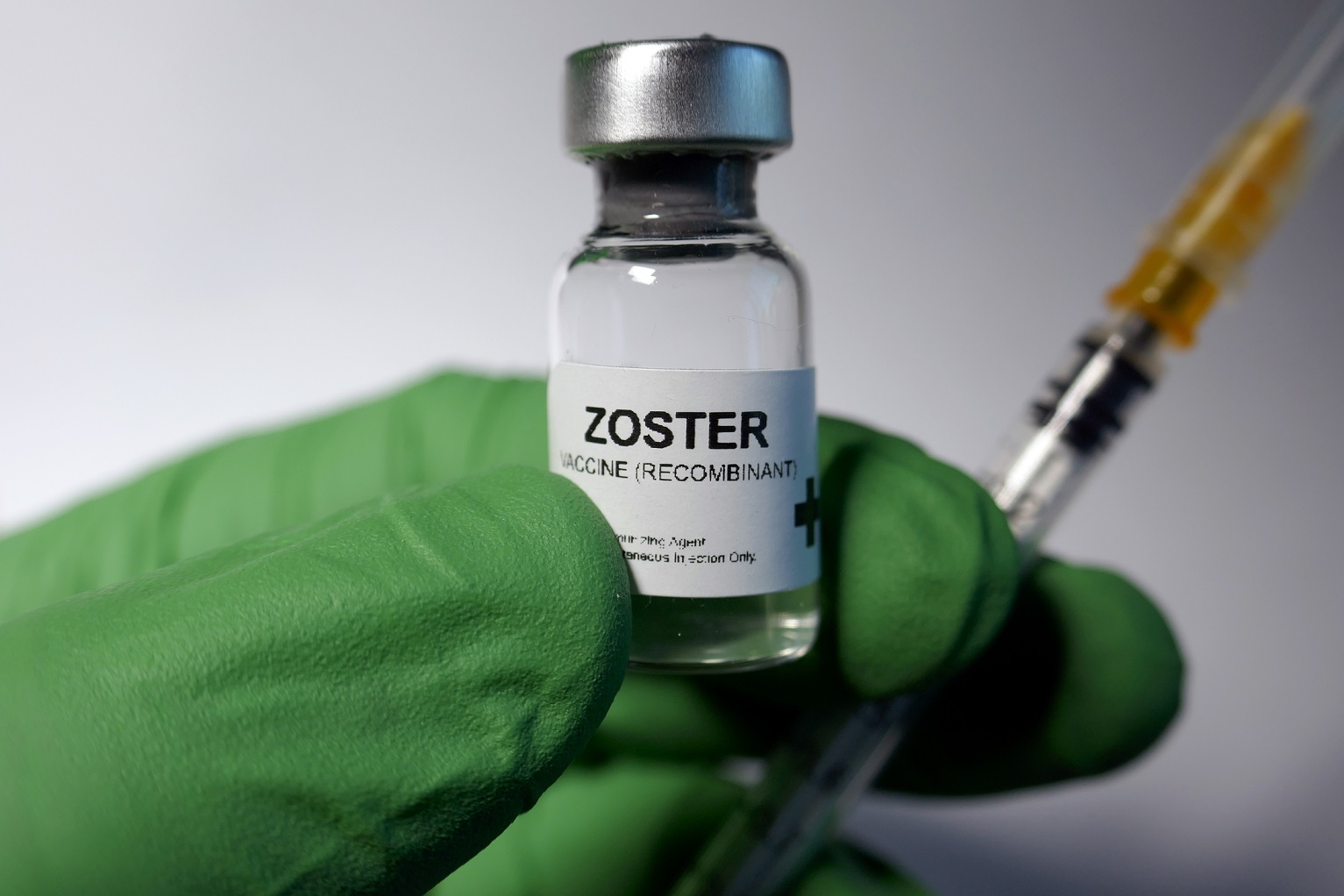- The effects of vaccines on our environment and ecosystems are rarely discussed.
- There are several cases in which the vaccine production process has led to ecological disasters.
- Future vaccines, such a genetically engineered vaccines, pose potentially frightening risks to our environment.
Concerns over the physiological effects of vaccines on humans are widely discussed but the public conversation about vaccine risks rarely focuses on the detrimental impact on our environment? Unfortunately, vaccines not only cause harm to individuals but also pose serious threats to our environment and ecosystems—an issue that deserves more attention than it gets.
So the question we should all be asking is: How do vaccines affect our environment?
In the past, there have been several cases whereby vaccine manufacturing, vaccine ingredients and vaccine administration have led to ecological disasters, including two examples noted below.
Vaccine Manufacturing Plants
The factories in which vaccines are manufactured are the beginning of the trail of toxic footprints caused by the vaccine industry.
In 2006, vaccine manufacturer Merck was responsible for illegally discharging 25 gallons of a cyanide-containing chemical known as potassium thiocyanate from its vaccine research pilot plant in Philadelphia into a sewer.1 2 Consequently, the discharge entered a wastewater treatment plant, reacted with chlorine and emerged in the Wissahickon Creek killing 1,000 fish.1
Potassium thiocyanate was used at the site to increase the production of one of Merck’s experimental vaccines. The scale up was cast aside but instead of disposing the chemicals safely, operators of the pilot project poured it down the drain.1 The Environmental Protection Agency estimated that the extent of the pollution ran between 2 to 8 miles downstream.1
In a civil settlement, Merck was fined $20 million for plant improvements and environmental projects.3 U.S. Attorney Pat Meehan announced the civil settlement by stating,
The settlement looks beyond the present toward protecting our water sources for future generations. When you get right down to it, no one should have to worry about whether that glass of kitchen water they’re drinking will make somebody sick.
Wildlife Threatened by Vaccine Production
Some ingredients used in vaccines are obtained from animals and wildlife. For example, the H1N1 vaccine for swine flu contained a substance known as squalene. Squalene is commercially derived from fish oils and shark liver oil in particular.4 It is used as an adjuvant in vaccines to hyper stimulate the body’s immune response to an antigen so the vaccine theoretically will be more protective.
Squalene is found in smaller amounts in olive oil, wheat germ oil and rice bran oil; however, it is primarily extracted from deep-water sharks caught by commercial fishermen.4
Mary O’Malley, co-founder of the volunteer-run advocacy group Shark Safe Network notes,
There are several very disturbing issues associated with use of shark-liver-oil squalene. The deep-water sharks targeted have extremely low reproductive rates, and many are threatened species.4
According to suppliers, the gulper shark is known as the Rolls Royce of squalene-producing sharks.4 Unfortunately, this type of shark is also listed on the 2015 International Union for Conservation of Nature’s (IUCN) Red List of Threatened Species, reinforcing that this particular species faces a high risk of extinction.4 5
Since gulper sharks live in the deep seas, they are caught using bottom trawling, which, according to O’Malley,
is a horribly destructive fishing method that just bulldozes everything in its path and destroys enormous areas of the ocean floor.4
What contributes to this tragedy is that gulper sharks grow very slowly thus compromising their survival. It takes a female 12 to 15 years to reach its reproductive maturity before it can become pregnant, after which it gives birth to one shark following a 2-year gestation period. As a result, the death of one female shark has an significant impact on the overall population.4
Squalene has been used in vaccines in Europe for decades and in the past few years the FDA has approved squalene adjuvants for vaccines distributed in the U.S. In 2006, the European Union established regulations limiting deep-sea shark fishing in the Northeast Atlantic, which has decreased the supply available in the market; however, suppliers continue to actively seek fishers for this shark.4
Potential Environmental Effects of Genetically Engineered Vaccines
There are some types of genetically engineered vaccines currently in the process of research and development that potentially pose serious and frightening ecological and environmental threats. It is predicted that the use of such vaccines will soon be widespread.6
Live virus and genetically engineered virus-vector vaccines can cause vaccine strain virus infection and shedding in the vaccine recipient and close contacts, as well as result in vaccine strain viruses being shed into the environment, such as water supplies.7 Here is how Terje Traavik, Scientific Director of the Norwegian Institute of Gene Ecology’s report, An Orphan in Science: Environmental risks of Genetically Engineered Vaccines, describes the potential unpredictable risks on the environment:
It been demonstrated that minor genetic changes in, or differences between, viruses can result in dramatic changes in host spectrum and disease-causing potentials. For all these vaccines, important questions concerning effects on other species than the targeted one are left unanswered so far. The opportunity of a genetically engineered vaccine virus to engage in genetic recombinations with naturally occurring relatives is another unpredictable option. The new, hybrid virus progenies resulting from such events may have totally unpredictable characteristics with regard to host preferences and disease-causing potentials. Furthermore, when genetically modified or engineered virus particles are broken down in the environment, their nucleic acids will be released, representing the same unpredictable risk potentials.6
Reinforcing the seriousness of the physiological and environmental impact of generically engineered vaccines, Traavik notes,
Genetically engineered self-replicating and/or -expressing vaccines may turn out to be good equipment in science, but too dangerous for practical large-scale use. I find it evident that the various putative risk factors and hazards related to these vaccines ought to be adequately investigated before we and the ecosystems are massively exposed to them. Many of the vaccine constructs may have obvious value within basic and applied research, but should be kept contained until credible ecological risk assessments are possible.8
References:
1 Roumeliotis G. Blunder at Merck’s Biggest Production Site Pollutes Creek. Bio-Pharma Reporter July 6, 2006.
2 Ertz J. EPA: Merck’s Chemical Kills Fish. The Times Herald June 23, 2006.
3 Bauers S. Fish Kill to Cost Merck More Than $20 Million: Environment Projects, Fines and Plant Improvements Are Set. Philly.com Dec. 14, 2007.
4 Owen J. Sharks Killed For Oil in Swine Flu Vaccine. National Geographic News Dec. 29, 2009.
5 The IUCN Red List of Threatened Species. Gulper. IUCN Redlist 2015.
6 Traavik T. Environmental Effects of Genetically Engineered Vaccines. A Working Conference on the Challenges of the New Human Technologies Oct. 12, 2015.
7 Fisher BL. The Emerging Risks of Live Virus and Virus Vectored Vaccines: Vaccine Strain Virus Infection, Shedding and Transmission. NVIC.org November 2014.
8 Traavik T. An Orphan in Science: Environmental risks of Genetically Engineered Vaccines. University of Tromsø; GENØK-Norwegian Institute of Gene Ecology 1999.













5 Responses
There needs to be an independent research body, (not paid for by the Pharmaceutical companies who make vaccines). If they find vaccines are causing harm to people and the environment and potential future hazards, they need to be banned. The research is needed BEFORE they are used on the public.
There are lots of independent studies that where and are being done on the safety of vaccines. However the vaccine industry is a giant and is considered needed by our government (the US). Also they are protected (thanks to former president Reagan) from having to pay any type of money for the mistakes they make that cause harm and or death to people.
It’s hard to prove something is bad when the manufacturer has money in the pockets of most politicians and they are legally protected.
I though that I followed the news during the Reagan administration but I missed the story of the pharmaceutical industry being granted immunity from liability of vaccine injury. Was the story kept off of the front page?
In the 1980s vaccine manufacturers were frequently sued by the parents of children who were permanently disabled or died following vaccination. After paying out millions of dollars in these lawsuits, vaccine manufacturers were prepared to stop producing vaccines unless the federal government provided them with immunity from jury verdicts. In response to pharmaceutical manufacturers’ threat to close their own vaccine factories, in 1986 Congress passed the National Childhood Vaccine Injury Act (NCVIA), protecting vaccine manufacturers from most financial liability associated with their products. Under NCVIA, the National Vaccine Injury Compensation Program (VICP) was created to provide cost-effective arbitration for vaccine injury claims. Vaccine manufacturers can no longer be sued in a state or federal court for damages arising from a vaccine-related injury or death unless a petition for compensation under the new program is f iled and denied. Compensation under the program is paid for by a 75-cent excise tax on every vaccine purchased. (MMR contains three vaccines, so the tax is $2.25.) The money goes into a Trust Fund managed by the U.S. Department of the Treasury. As of Mar 1, 2016, more than $3.2 billion had already been paid out, most of it to compensate parents whose children were severely disabled or died after receiving vaccines.1
In the 1980s vaccine manufacturers were frequently sued by the parents of children who were permanently disabled or died following vaccination. After paying out millions of dollars in these lawsuits, vaccine manufacturers were prepared to stop producing vaccines unless the federal government provided them with immunity from jury verdicts. In response to pharmaceutical manufacturers’ threat to close their own vaccine factories, in 1986 Congress passed the National Childhood Vaccine Injury Act (NCVIA), protecting vaccine manufacturers from most financial liability associated with their products. Under NCVIA, the National Vaccine Injury Compensation Program (VICP) was created to provide cost-effective arbitration for vaccine injury claims. Vaccine manufacturers can no longer be sued in a state or federal court for damages arising from a vaccine-related injury or death unless a petition for compensation under the new program is f iled and denied. Compensation under the program is paid for by a 75-cent excise tax on every vaccine purchased. (MMR contains three vaccines, so the tax is $2.25.) The money goes into a Trust Fund managed by the U.S. Department of the Treasury. As of Mar 1, 2016, more than $3.2 billion had already been paid out, most of it to compensate parents whose children were severely disabled or died after receiving vaccines.1